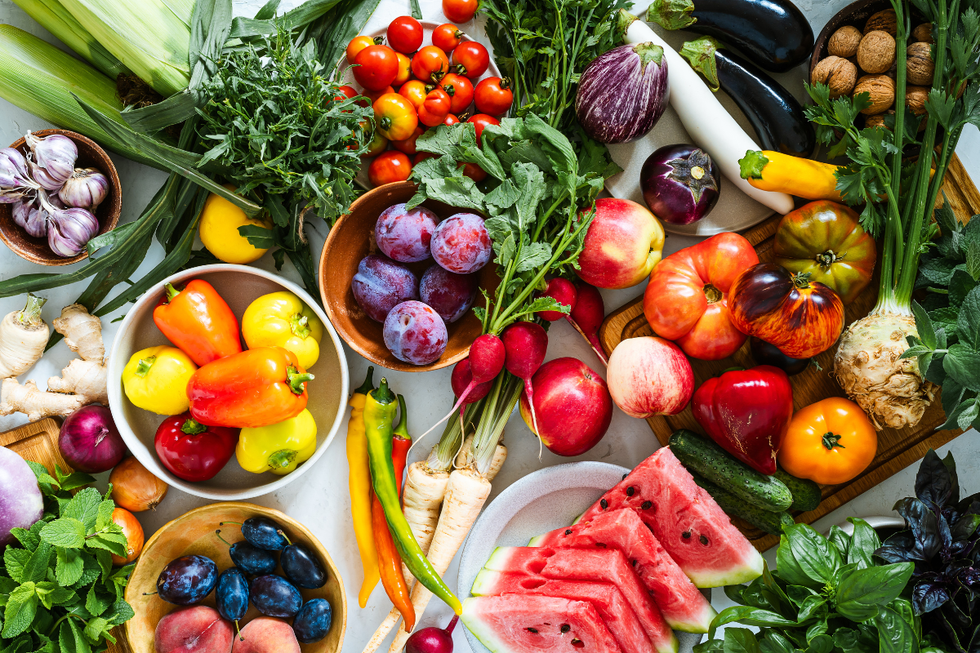How to lower cholesterol: A simple shake-up to your daily menu could reduce risk of heart disease naturally
High levels of the waxy substance in the blood could hike your chances of suffering from heart disease or a stroke
Don't Miss
Most Read
When it comes to matters of health, the simplest of day-to-day changes could yield transformative results for your body.
In fact, just adding a few more fibre-fuelled snacks and foodstuffs into your daily diet could slash cholesterol levels, a waxy, lipid-like substance which, when too high, can lead to heart disease and stroke by blocking up blood vessels.
Although it might seem obvious to aspire towards a balanced diet to keep your health in check, the majority of individuals are failing to consume sufficient fibre, which supports digestion and blood sugar levels.
**ARE YOU READING THIS ON OUR APP? DOWNLOAD NOW FOR THE BEST GB NEWS EXPERIENCE**

High cholesterol increases the risk of heart disease and stroke
|GETTY
There are two types of the food group to be aware of: soluble and insoluble.
Soluble fibre dissolves in water, most commonly found in oats, apples, bananas and peas, for instance. This type assists with cholesterol and lowering blood glucose levels.
“Soluble fibre binds with the cholesterol in your digestive tract, preventing it from being absorbed into your bloodstream,” registered dietician Lindsay Livingston told EatingWell.
Meanwhile, insoluble fibre does not dissolve in water, such as whole grains, vegetables like cauliflower and courgette, and nuts, seeds and lentils. This type assists with digestion and prevents constipation.
LATEST DEVELOPMENTS
The NHS recommends adults eating 30g a day as part of a “healthy balanced diet”. However, they say that Britons are only eating around 20g every day.
Meanwhile, children between 11 and 16 should have 25g of fibre a day, but those between 11 and 18 are getting around 16g on average.
The NHS even recommends a number of simple dietary amendments that you could incorporate into your regular menu, such as an oat-based breakfast.

A balanced diet is crucial for a healthy life
|GETTY
Meanwhile, the experts at the Mayo Clinic advise combining a handful of almonds and some fruit with steel cut oatmeal is a sure-fire way of securing three to four grams of fibre in a sitting.
Even the most basic of changes, such as keeping the skin on potatoes, could be a beneficial step to reaching your daily fibre target.
When it comes to snacks, fruits, vegetable sticks, rye crackers and oatcakes are reliable nibbles to boost your fibre intake.
Before making any major dietary changes, it is best to consult your GP or equivalent medical professional.










